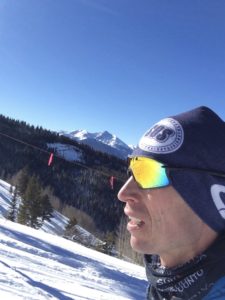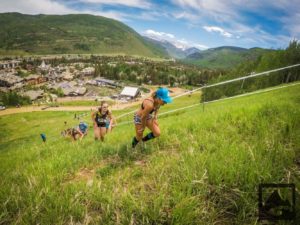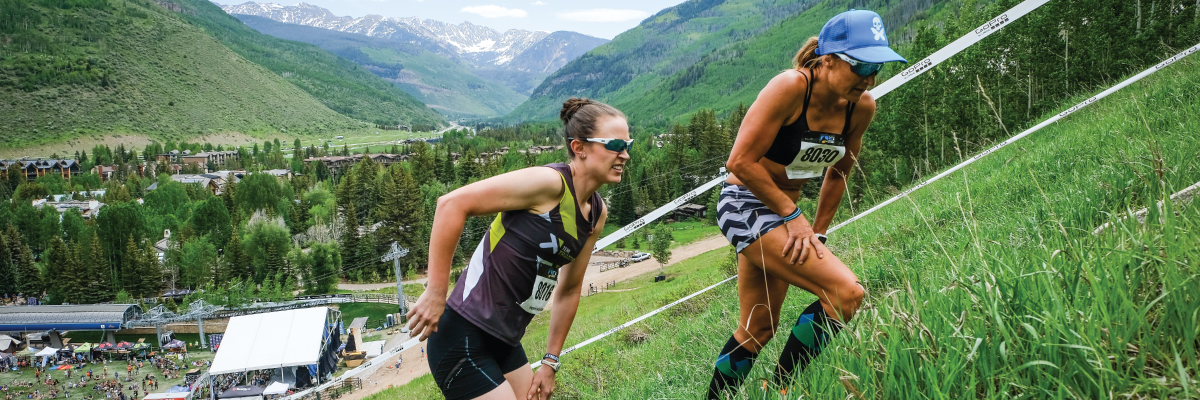Posted by: Katie Coakley
The 2019 GMC Ultimate Mountain Challenge is a choose-your-own-adventure format consisting of six events, including at least one whitewater event and one biking event. Regardless of the path, each UMC athlete must include Pepi’s Face-Off as their final event on Sunday. After that race – the winners will be decided!
By Josiah Middaugh

Pepi’s Face-Off is a grueling foot race up the black diamond ski run of Pepi’s Face, returning down a gentler hiking trail. What is a short bump run in the winter transforms to a wall of pain for contestants – the goal is to see how many laps you can complete in the 30-minute time limit. Although labeled as a running event, the reality is that even the fastest athletes will hike a large portion of the course due to the approximately 40% gradient of the uphill. Consider this: Good treadmills top out at 15% grade and few roads in Colorado are steeper than a 10% grade.
You might be asking: How would someone prepare for such a grueling event? It might be too late to put this information to use this time around, but with a good cardio base, any athlete can complete this event with the right mindset and a little specific training.
Step 1: Find the steepest, sustained hill around
To match the grades on this course, it likely means going off the beaten path and heading straight up. If it is too steep to run up, then it is about right. In the winter, some ski resorts allow uphill access outside of operating hours so heading straight up with some microspikes is a guaranteed workout.
Step 2: Perform intervals up said hill

Interval training is the key to boosting your aerobic capacity. Depending on the length of the climb, these could be long, threshold intervals in the 6-10 minute range, or shorter, VO2 max intervals in the 1-4 minute range. Ideally, recover with an easy downhill jog on a gentler slope. Total interval training time should total 16-20 minutes for the shorter bouts and closer to 30 minutes for the longer threshold bouts.
Step 3: Prepare for the downhill
The uphill is about fitness, but the downhill is what will make you sore the next day. Downhill running relies on eccentric contractions of your big leg muscles. It might feel easy at the time, but the delayed onset muscle soreness can last for three to five days or even a week if you bite off more than you can chew. So, introduce the downhill running gradually. The good news is that your body adapts to this type of activity and a run with sufficient downhill can give you a resistance to soreness that can last for weeks.
For the multi-discipline athlete, Pepi’s Face-Off can be the ultimate equalizer. With such a steep grade, the pure runner with good running economy doesn’t have a distinct advantage. The uphill is where the time is made, so a well-trained athlete with a big engine and some specific prep can really excel.
Share this Story:






















